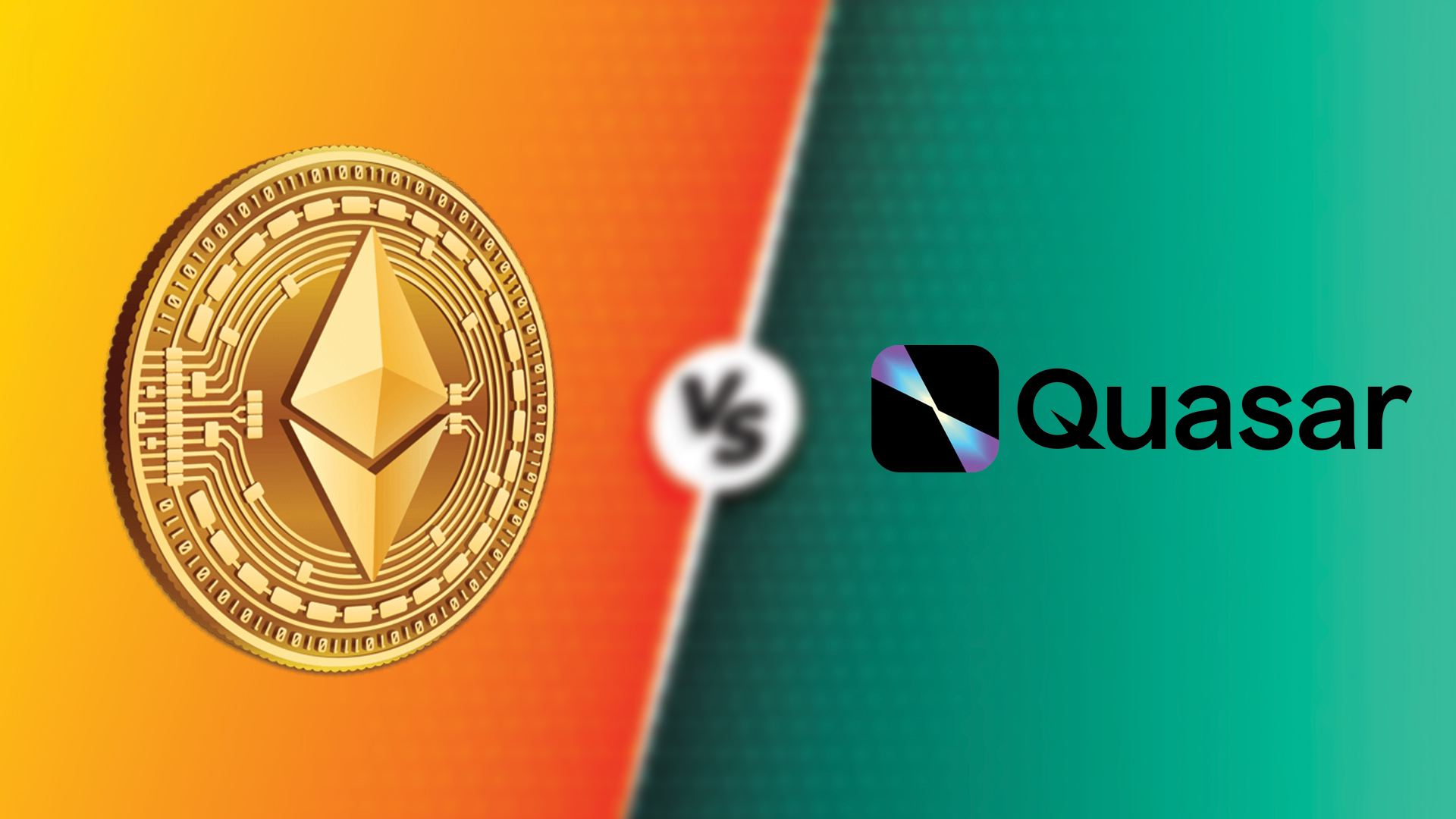- Quasar and Ethereum are blockchain stages that help brilliant agreements; however, they contrast from a few perspectives, including design, versatility, and programming dialects.
- Assessing the qualities and shortcomings of every stage is pivotal for choosing the right one for a particular task or application.
- Understanding the subtleties of Quasar and Ethereum contracts engages engineers and organizations to settle on informed choices in the quickly advancing blockchain scene.
The blockchain environment is overflowing with development, and one of the most basic viewpoints is brilliant agreements. Ethereum has for quite some time been the leader in this field; however, Quasar is emerging as an imposing competitor. This far-reaching article will lead a top-to-bottom examination of shrewd agreements on Quasar and Ethereum, revealing insight into their elements, capacities, and potential use cases.
Savvy Agreements On Quasar And Ethereum: A More Intensive Look
Ethereum: The Pioneer
- Design
Ethereum uses a proof-of-work (PoW) understanding part, but it is now advancing to Ethereum 2.0, which will embrace a proof-of-stake (PoS) arrangement instrument. Splendid settlements on Ethereum are executed in the Ethereum Virtual Machine (EVM).
- Scalability
Ethereum has wrestled with versatility issues, prompting high gas expenses and slower exchange handling times during times of popularity.
- Programming Dialects
Ethereum fundamentally upholds robustness for brilliant agreement improvement, with a developing environment of designer instruments and libraries.
Quasar: The Novice
- Engineering
Quasar utilizes a remarkable agreement system known as quark chain sharding. It expects to address versatility challenges by partitioning the organization into different shards, each equipped to take care of its exchanges and brilliant agreements.
- Scalability
Quasar’s sharding engineering is intended to improve versatility, permitting it to deal with a fundamentally larger number of exchanges per second than Ethereum.
- Programming Dialects
Quasar offers support for different programming dialects, including Python, Go and JavaScript, making it more open to a more extensive engineering crowd.
Use Cases And Contemplations
- Ethereum’s Predominance
Ethereum has a deep-rooted biological system and a significant engineering local area, making it a go-to decision for the overwhelming majority of blockchain projects. It succeeds in applications that require a full-grown stage with a demonstrated history.
- Quasar’s Versatility Benefit
Quasar’s sharding engineering answers Ethereum’s versatility challenges. This is a superb decision for applications that request high exchange throughput, like decentralized finance (DeFi) and non-fungible tokens (NFTs).
Conclusion
Quasar and Ethereum are two conspicuous blockchain stages, each with its own assets and capacities with regards to supporting brilliant agreements. Ethereum’s development and broad designer biological system pursue it as a strong decision for different ventures. Interestingly, Quasar’s imaginative sharding engineering positions it as a strong competitor for applications requiring high versatility and throughput.
As the blockchain scene keeps on advancing, understanding the subtleties of these stages and their savvy contract capacities is vital for designers and organizations planning to use blockchain innovation. The decision between Quasar and Ethereum at last depends on particular task necessities, versatility needs, and long-haul vision within the dynamic blockchain space.
